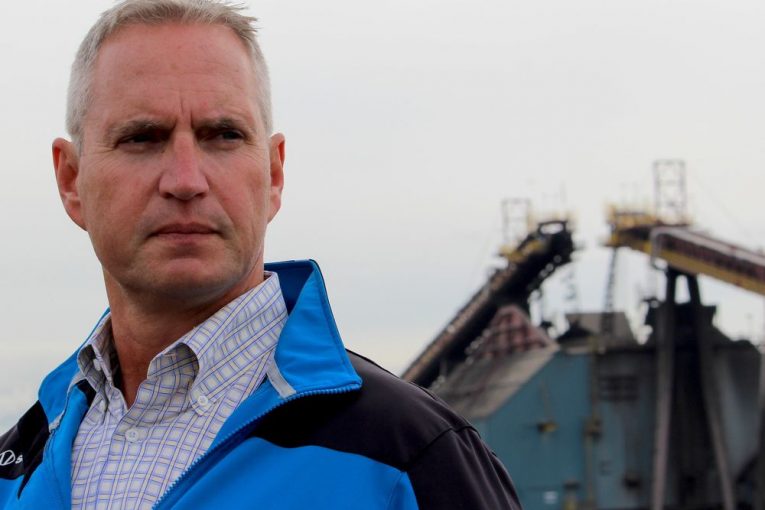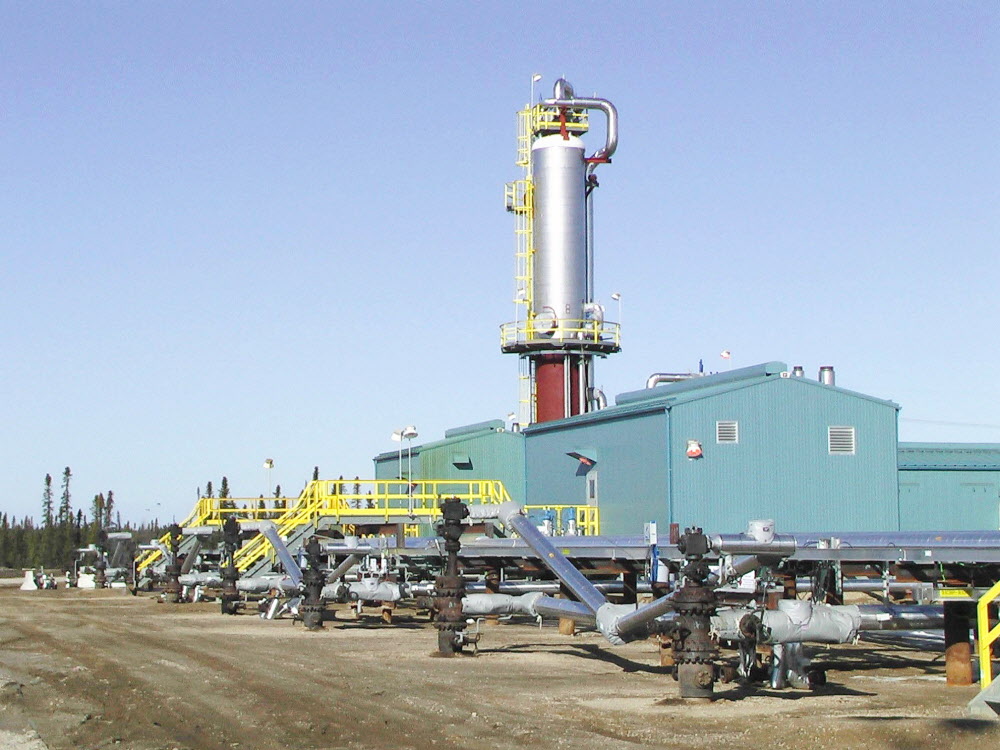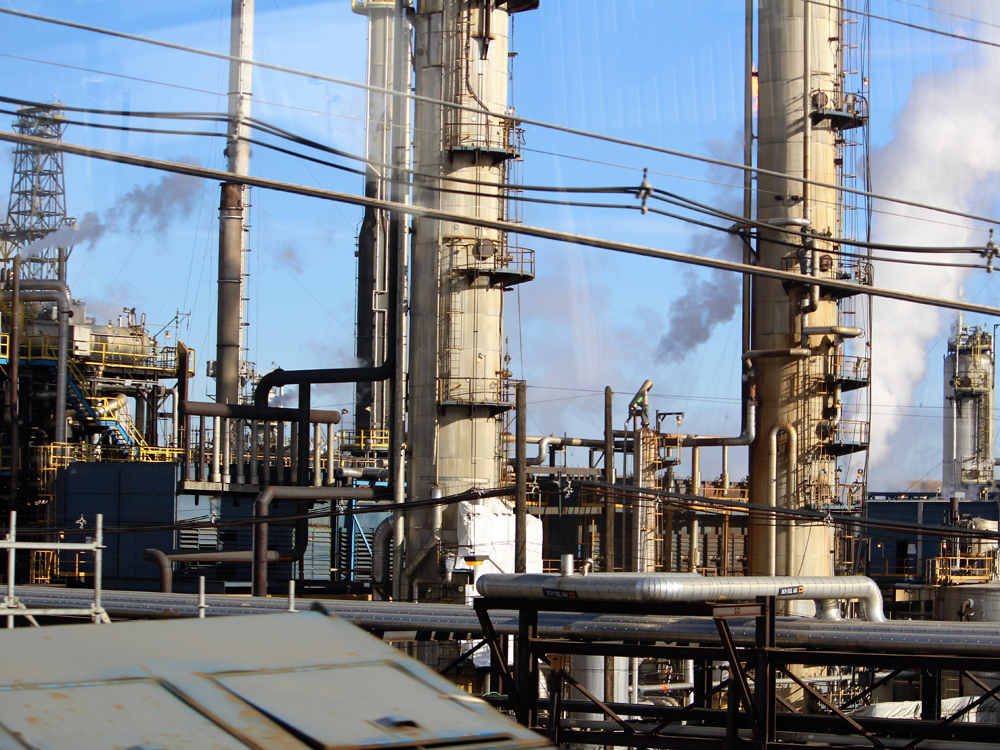
Suncor Energy CEO Mark Little is looking over the horizon these days at the oilsands giant’s next steps, as well as eyeing the future of new pipelines and ways to reduce greenhouse gas emissions.
For the oilpatch, changes are coming on all of these fronts.
During the company’s earnings call Thursday, Little discussed Suncor’s plans to reorder several capital projects in its portfolio.
The Calgary-based company is moving ahead with plans to debottleneck its existing Firebag thermal oilsands operations to increase production, while deferring its proposed Meadow Creek greenfield in-situ project.
As well, long-standing plans for a $2-billion coker project at its Montreal refinery to process oilsands bitumen — a strategy discussed and delayed last decade — have now been permanently cancelled.
Suncor is also preparing to make initial regulatory filings this quarter to give it future options for extending its base mine, potentially using new technology that would significantly lower its environmental footprint. (The project has not yet been sanctioned.)
“We are carefully evaluating future projects,” Little told analysts on the conference call.
“At the same time we’re making progress on new technology developments, which have the potential to significantly reduce capital and operating costs, greenhouse gas emissions and water use.”
Efforts to debottleneck Firebag would potentially boost output by another 20,000 to 30,000 barrels per day by 2025. Suncor hasn’t put a price on the initiative, but indicated it’s cheaper than building a new greenfield project.
“At Firebag, we’re leveraging a lot of the existing assets that are on the ground,” Little said. “We feel very optimistic that we’re going to make this work. Some of this activity is underway.”

Analysts say the rationale behind the move makes sense.
“It will be cheaper and it will be utilizing new technologies. That will not only help bring the cost down, but also address the emissions as well,” said analyst Phil Skolnick of Eight Capital.
“The lowest hanging fruit for these thermal facilities is always plant-de-bottlenecks, as opposed to building new plants,” added Mike Dunn, an analyst with Stifel FirstEnergy, which publishes research on Suncor.
Like most oilsands producers, Suncor is facing the tandem pressures of trying to squeeze costs to improve its competitiveness, while reducing greenhouse gas emissions per barrel as production grows.
Dinara Millington, vice-president of research at the Canadian Energy Research Institute, said the cost to expand an existing thermal oilsands project would typically be about half the price of developing a greenfield facility of similar size.
It’s also an “easier pathway to get approval on a phased (expansion) of an existing facility,” she added.
Climate issues are at the forefront of any discussion on building oilsands projects these days in a carbon-constrained world, as Canada strives to achieve net-zero emissions by 2050.
Last month, Cenovus Energy signalled it intends to
lower its emissions per barrel by 30 per cent
by 2030. It has also adopted a goal of achieving net-zero emissions within three decades. Canadian Natural Resources and Meg Energy have similar goals.
Suncor previously set a target of cutting its emissions per barrel by 30 per cent (from 2014 levels) by the end of this decade.
Little said the company is two-thirds of the way to its objective, having recently given the green light to a new wind development and a new cogeneration project. In December, Suncor sanctioned the Forty Mile Wind Project in southern Alberta, expected to cost $300 million to build.
In September, it
announced plans to replace
two older coke-fired boilers with two high-efficiency cogeneration units at its oilsands base plant north of Fort McMurray.
The company said the $1.4-billion project will lower greenhouse gas emissions associated with steam production at the plant by about 25 per cent.
“What we do know though is 2030 doesn’t solve everything and there is more that needs to be done. So some of these technology pieces are really exploring some of the options for the future,” Little said.

On the pipeline front, Suncor’s CEO is optimistic the
three major projects
that will transport more oil out of Western Canada are progressing.
A
positive decision this week
by Minnesota regulators on Enbridge’s Line 3 replacement project removed a key hurdle for that development. On Tuesday, a Federal Court of Appeal decision
rejected a request
by several B.C. First Nations to overturn federal approval of the Trans Mountain pipeline expansion.
Recent rulings in the U.S. have also been encouraging to the long-delayed Keystone XL development, although TC Energy has yet to make a final investment decision.
Little said he’s expected the projects would move ahead; the bigger debate has surrounded their timing.
“We know that in today’s world, there isn’t a straight line between two points, trying to do some of this big infrastructure,” he added.
“We’re certainly not betting any of our shareholders’ money on any particular timelines.”
Timelines can shift for pipelines, and for proposed oilsands projects.
But one thing is clear for oilsands producers like Suncor: the drive to lower costs and reduce emissions continues to pick up steam.
Chris Varcoe is a Calgary Herald columnist.
You can read more of the news on source
